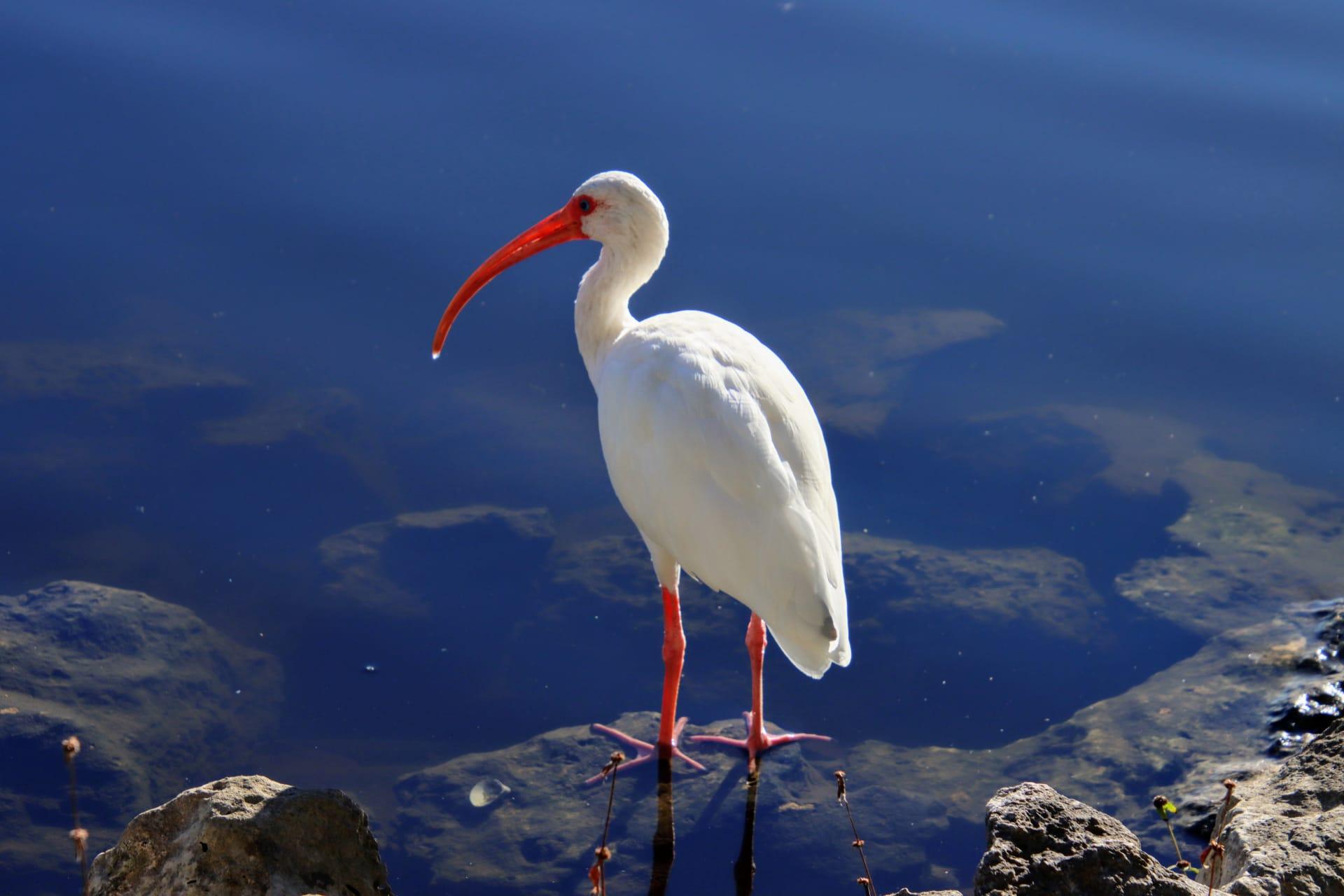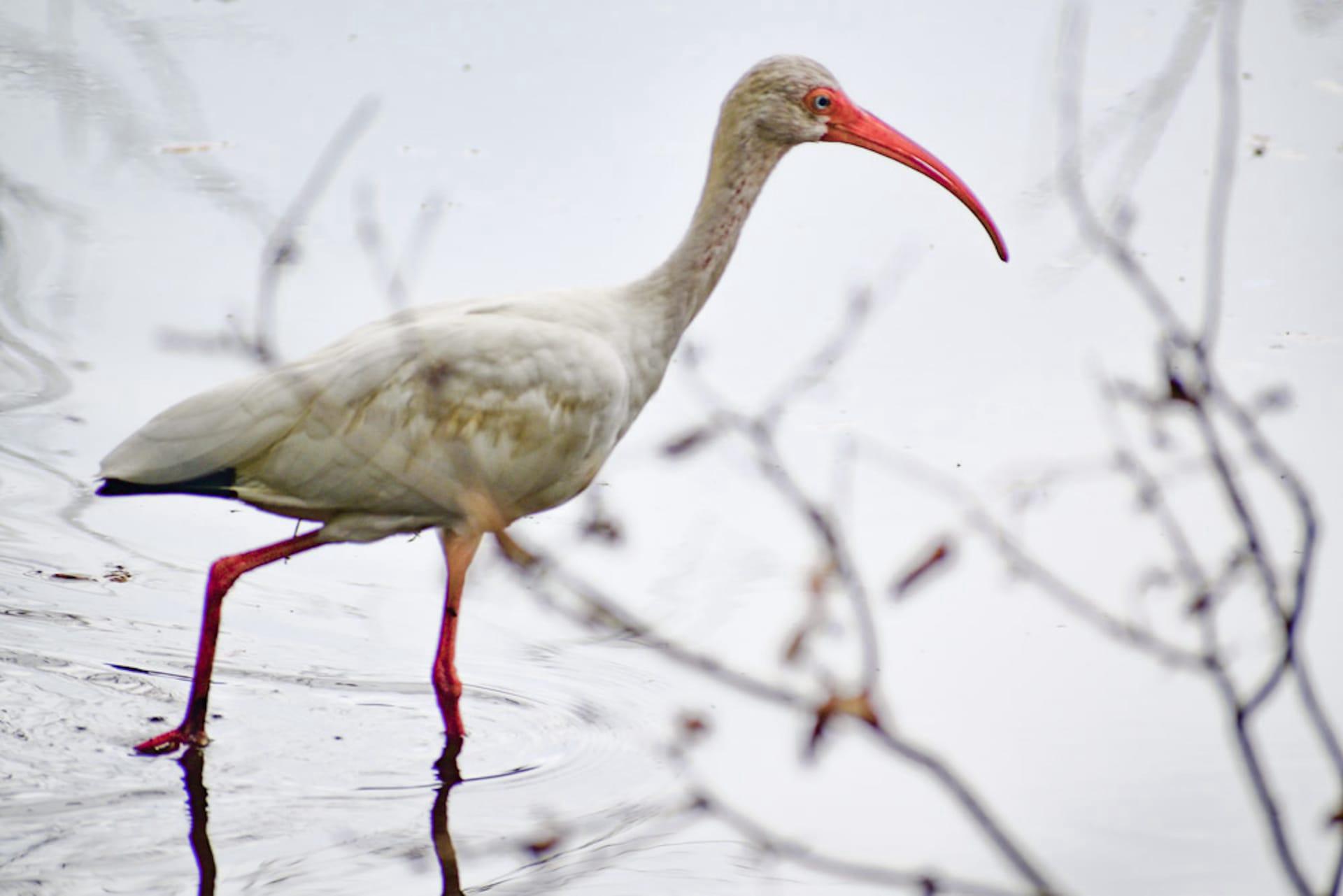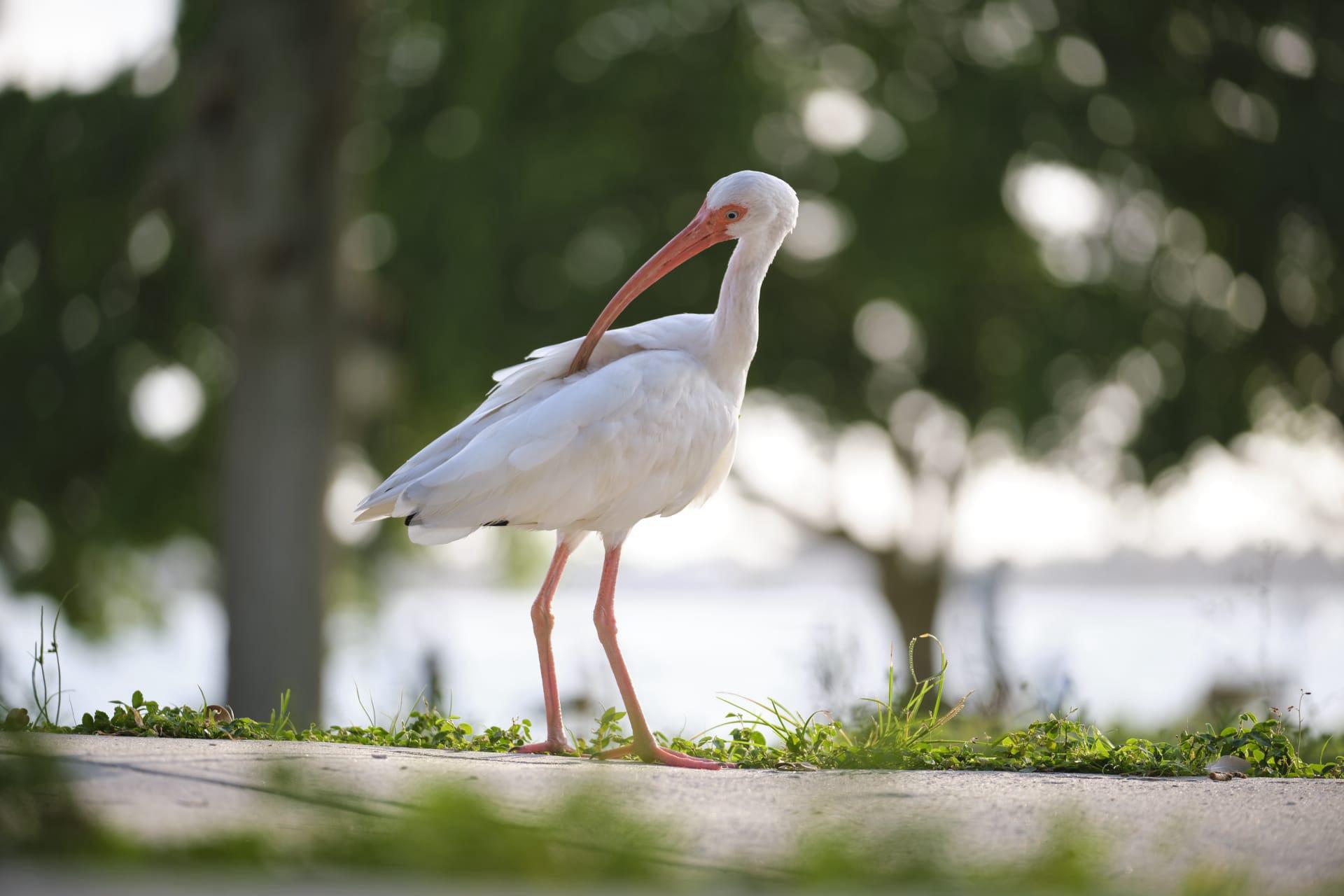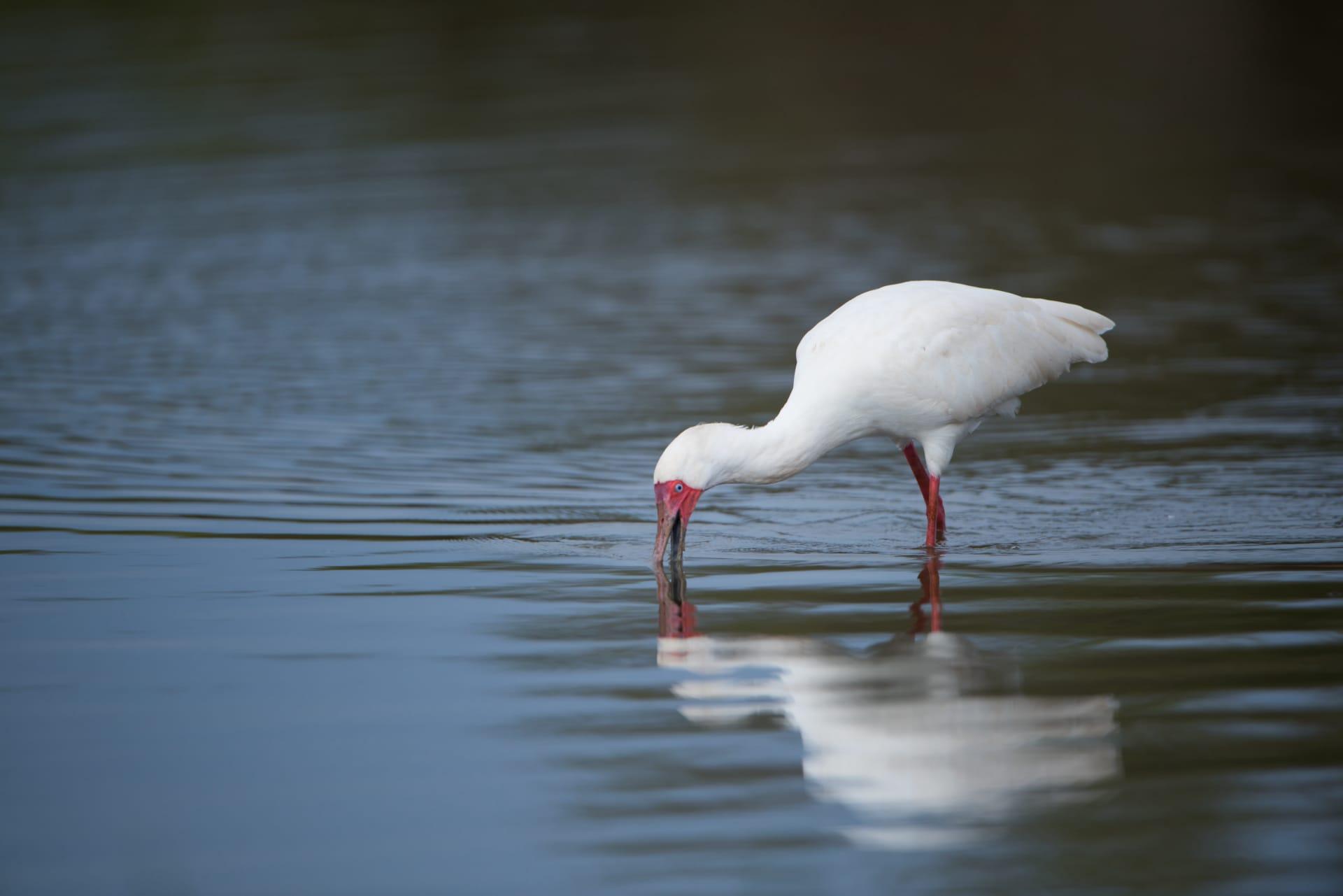Ibis Trivia
- Home /
- Trivia Question /
- Animal /
- Ibis Trivia
1
Question: How many species of Ibis are there, and where are they commonly found?
Answer: There are about 28 species of Ibis worldwide. These elegant birds are found on every continent except Antarctica. Notably, the Scarlet Ibis dwells in South America's tropical regions, while the Bald Ibis prefers the rocky hills of Africa and the Middle East. Each species has adapted to its unique environment, ranging from wetlands to grasslands.
Question: What distinct physical features do Ibises have, and how do they use their beaks?
Answer: Ibises are known for their long, slender legs and curved beaks. The length of their beaks, which can range from 4.7 to 10.6 inches, depending on the species, is ideal for probing mud and shallow water for food. They primarily eat small aquatic creatures like fish, frogs, and crustaceans. Their beaks are also sensitive, helping them to detect prey in murky waters.

2
Question: Is it true that all Ibis species are water birds?
Answer: While many associate Ibises with wetlands, not all species are exclusively water birds. For instance, the Hadada Ibis, found in Sub-Saharan Africa, frequents grasslands and savannas more than wetlands. It's a common misconception that these birds are limited to aquatic habitats.
Question: Do Ibises migrate in large flocks like some other bird species?
Answer: Migration habits vary among Ibis species. Some, like the Glossy Ibis, migrate in sizable flocks covering long distances, while others are more sedentary. For example, the Australian White Ibis often stays in urban and suburban areas throughout the year, adapting to local food sources and environments.

3
Question: What is the significance of Ibises in ancient cultures?
Answer: The Ibis has held significant cultural and symbolic importance, especially in ancient Egypt. The Egyptian god Thoth, often depicted with the head of an Ibis, was associated with wisdom and writing. The birds were revered, mummified, and buried in dedicated catacombs as offerings to Thoth.
Question: How long do Ibises typically live in the wild?
Answer: The lifespan of Ibises in the wild varies by species, but on average, they live around 16 years. Factors influencing their lifespan include habitat conditions, predation, and availability of food. In protected environments, like zoos, they can live longer due to the absence of natural predators and regular veterinary care.

4
Question: Are Ibises social birds, and how do they communicate?
Answer: Ibises are quite social and often found in groups, especially during breeding season. They communicate through a series of vocalizations including honks, grunts, and hoots. These sounds play a crucial role in maintaining flock structure and during courtship rituals.
Question: What kind of nests do Ibises build, and where are they located?
Answer: Ibis species typically build their nests from twigs and vegetation. They prefer nesting in trees, bushes, or reeds, often near water. The nests are strategically placed to protect eggs and chicks from predators and environmental elements. During breeding season, colonies of nests can be observed, reflecting their social nature.

5
Question: How do Ibises contribute to their ecosystem?
Answer: Ibises play a vital role in their ecosystems as both predators and prey. By feeding on various aquatic organisms, they help control the population of these species and maintain a healthy aquatic ecosystem. Additionally, their droppings enrich the soil, fostering plant growth.
Question: Are there any conservation concerns for Ibis species?
Answer: Several Ibis species face conservation challenges due to habitat loss, pollution, and hunting. For example, the Northern Bald Ibis is critically endangered, with only a few hundred birds remaining in the wild. Conservation efforts, including habitat protection and breeding programs, are crucial for the survival of these majestic birds.